Data governance is the overall management of the availability, usability, integrity, and security of the data used in an organization. It involves the creation of policies, procedures, and standards for managing data effectively and efficiently.
Several scenarios could illustrate the implementation of data governance, but one possible example is:
A large retail company has experienced several data breaches in the past, which resulted in the loss of customer data and damage to the company’s reputation. To prevent such incidents from happening again, the company’s management has decided to implement a data governance program.
The first step in the implementation process is to create a data governance committee, which includes representatives from different departments within the company. The committee is responsible for developing data policies, procedures, and standards that ensure data protection and appropriate use.
The committee then works on defining data categories and developing data classification schemes that classify data based on its sensitivity and importance. They also create a data inventory that documents the types of data the company holds, where it is stored, and who has access to it.
Next, the committee develops data access and usage policies, which define who has access to data and how it can be used. They also establish data quality standards that ensure data accuracy, completeness, and consistency.
Finally, the committee develops a data governance framework that includes ongoing monitoring and assessment of data quality, compliance with data policies, and remediation of data-related issues.
Overall, this scenario demonstrates the implementation of data governance by creating policies, procedures, and standards to manage data effectively and efficiently while ensuring its protection and appropriate use.







Leave a Reply